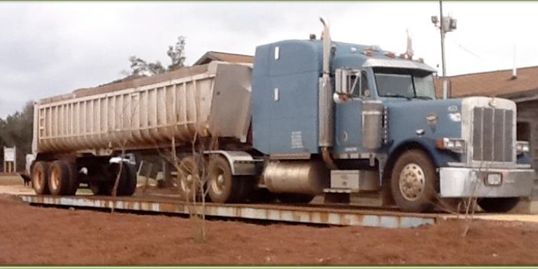The Production of O.N.E.

One of the main ingredients for humate development in the production of "O.N.E.™" is chicken litter. This material is usually delivered in trailer loads of 25 tons each and is stored on an open cement pad for a short time, approximately 2 to 3 days and treated immediately with our liquid microbe blend to begin the de-oderization and degradation of the material.

At the same time the chicken manure is being accumulated, the cellulosic biomass, or (green waste) will be received. This can be untreated wood chips, husks from farmers after crops are harvested, ground tree limbs and leaves, etc. The green waste must be ground to a size which will degrade quickly when the process begins.

The green waste is spread as a first layer on a windrow. A windrow is an open area ranging in size from 8 to 10 feet wide and from 300 to 1000 feet in length. After the green waste is in place the Chicken manure is distributed over the same area. This will be in a ratio of 80% chicken manure to 20% green
waste (Carbon/Nitrogen Ratio 25:1).

At this time, the windrows will be sprayed with our soil inoculants, a proprietary blend of beneficial microbes and organic microbe growth enhancers to accelerate the process. After the spray is completed, a combine like machine known as a windrow turner will blend the raw material mixture and begin the heating process for the 30 day decomposition.

The machine will mix and blend each odor free windrow approximately 3 times per week and the microbe formula will be added with each turning. The temperature will be maintained at a minimum of 140-160 degrees during this phase. The temperatures will be taken in each windrow twice daily during this process which will last 30 days. At the end of 30 days, the waste materials will have been blended and ready to be moved to the curing pile. There the compost will be allowed to cool to the ambient temperature and sprayed again with our soil inoculants. Additional raw material decomposition may also occur during this short phase of the process.

When the pile reaches ambient temperature, it is sufficiently cooled and will be put through a sifting machine. The pieces which have not been made small enough to go through a commercial spreader will be put back onto the new windrows. The material that has gone through the sifter is now ready for use.